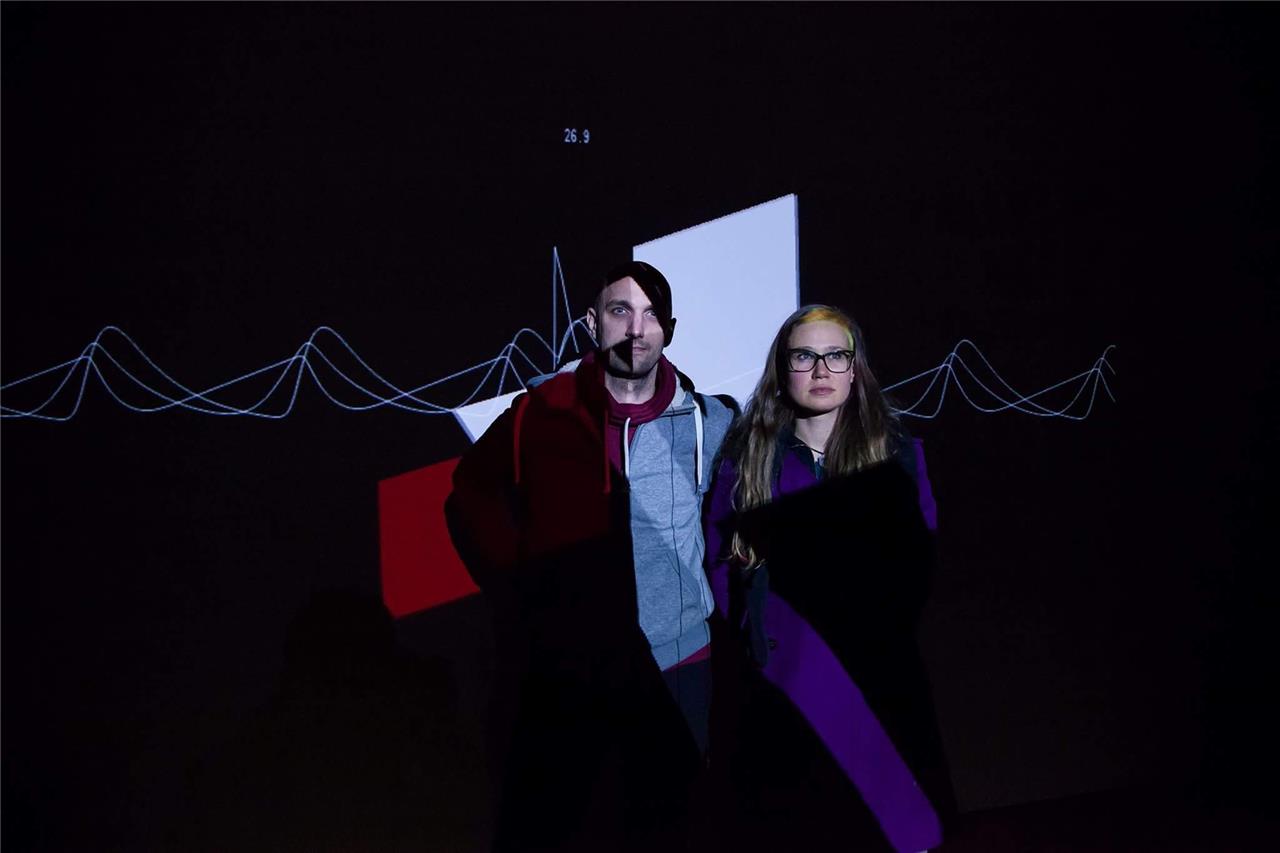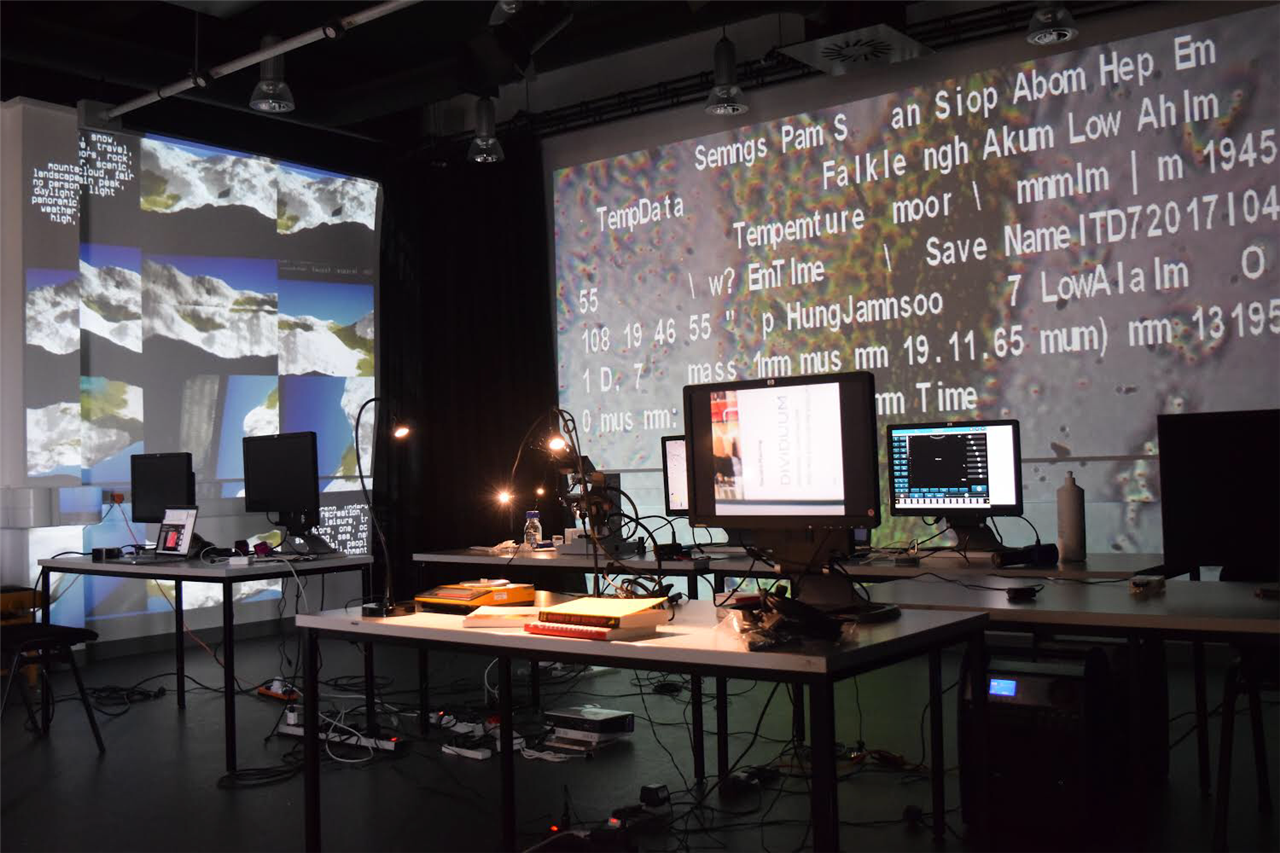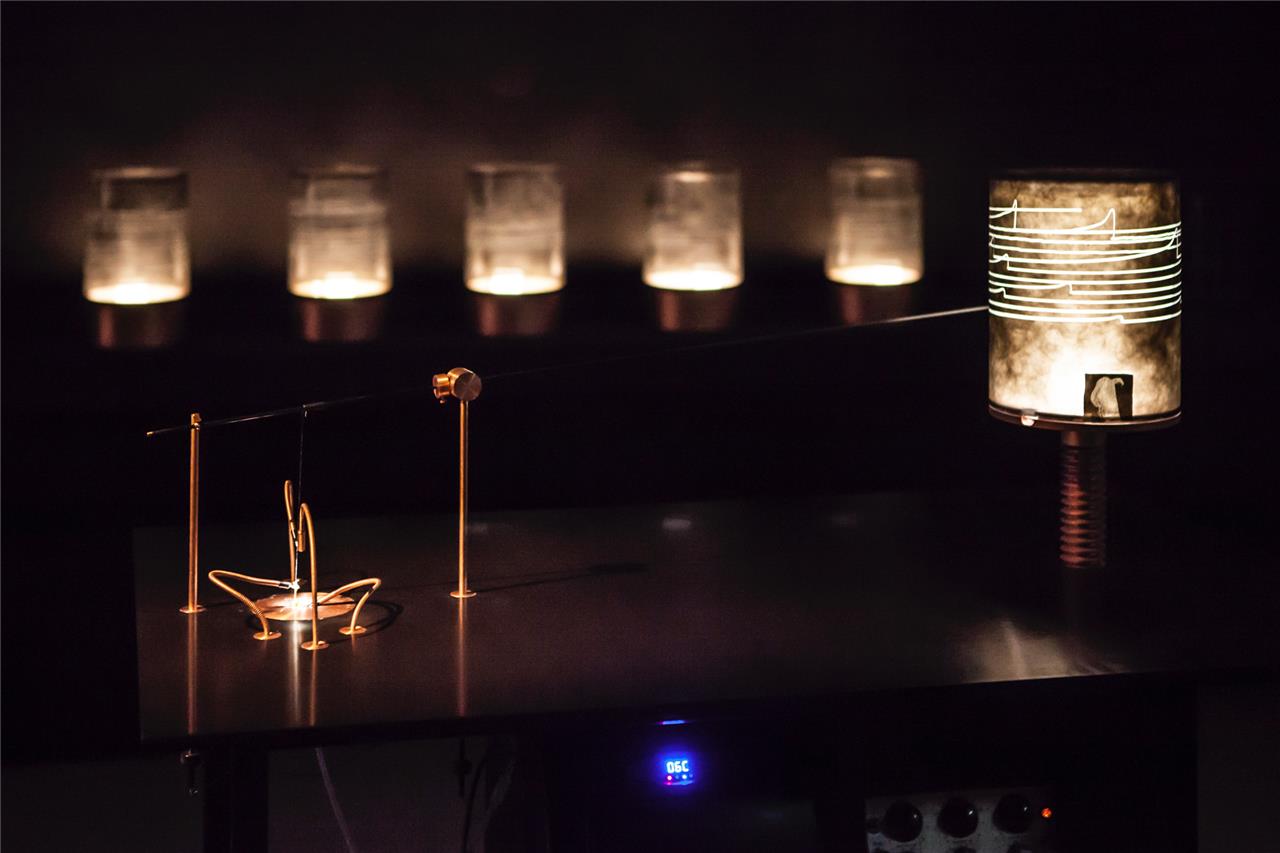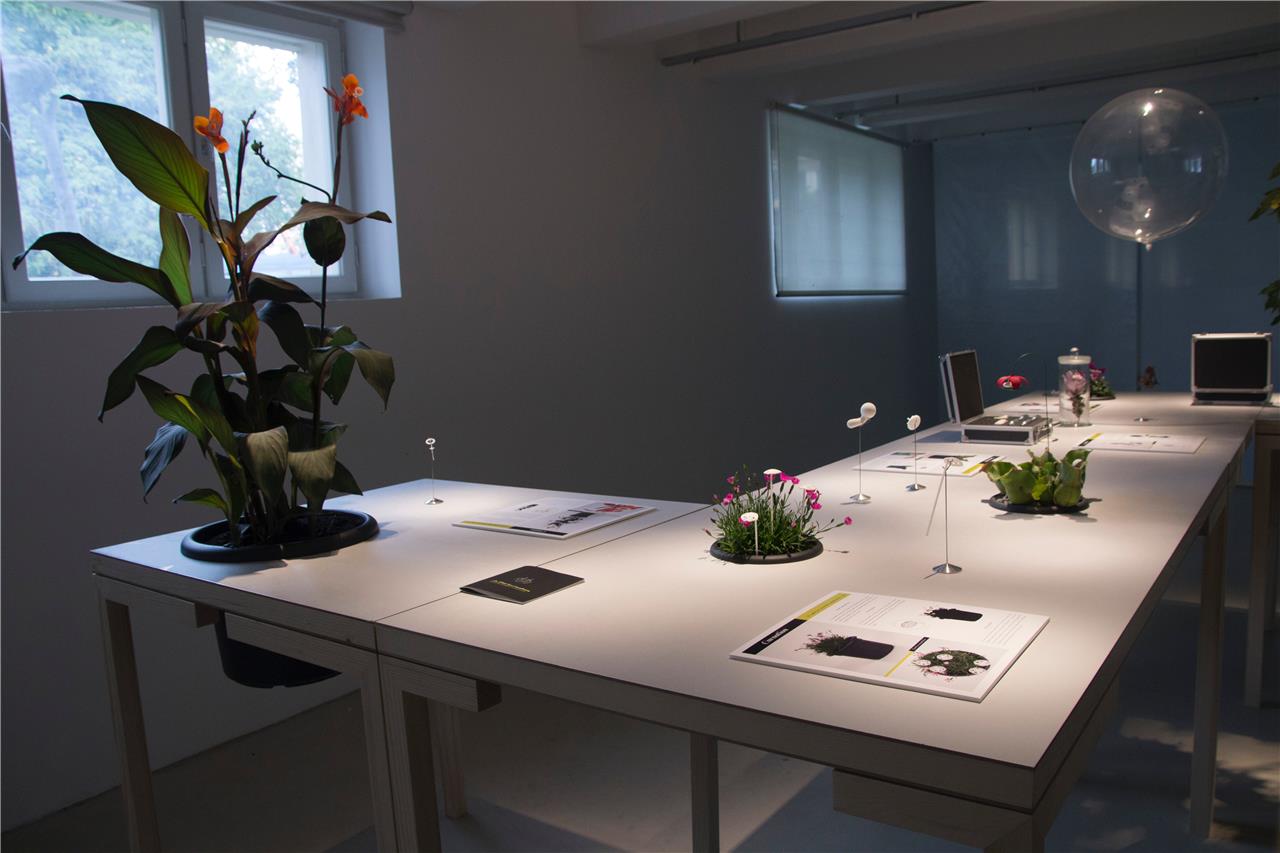
New media artists Špela Petrič and Miha Turšič - Credit: Špela Petrič and Miha Turšič
Discovering the “intended and unintended meaning” of algorithms to produce artworks. This is one of the key-issues investigated by the Slovenian artists Špela Petrič and Miha Turšič. Originally from Ljubljana, they are currently based in Amsterdam, The Netherlands.
Having a background in science and biology, Špela Petrič works in the field of bio-art and living organisms within the artistic context. Miha Turšič is known for collaborations with space projects. He works on questions of humans, or becoming a non-terrestrial human. "How does it feel to be a human out of our planet?," he ponders.

Becoming.A (Thing) (2017) - Credit: Špela Petrič and Miha Turšič
One of their most recent works is Becoming.A (Thing). It is an audio-visual performance, for which the artists immersed themselves in the fascinating yet complex world of the latest High Performance Computing (HPC) technology: exascale supercomputers.
Miha Turšič explains that “the art piece is made up of things, which are inputs, devices, algorithms, ourselves. Everything in the process is part of the new art-work. Everything is reduced to being things. It's a semiotic instrument, a tool to understand ourselves."
This work resulted from a Future Emerging Art Technologies (FEAT) residency in collaboration with the Future Emerging Technologies High Performance Computing (FET-HPC) consortium, supported by the EU programme Horizon 2020. The researchers are exploring the societal, aesthetic, bio-political, and scientific implications of exascale supercomputing.

In Miserable Machines: Soot-o-Mat “mussels are mercilessly lashed into an electro-stimulated design apparatus to make a vase. The creatures are allowed to relax up to a certain point, then shocked, prompting movement that scratches a design onto the object,” explains Petrič. It sounds cruel. This work is a reflection on manufacturing processes that exploit biology.
For the artists, bio-design calls for integration with living systems as a technological, environmental, and moral imperative. Should the mussels live under stress and die in order to serve the machine, the design, the product, and ultimately the humans?
Through this work, Špela Petrič and Miha Turšič question if we humans are ourselves engaged in a similar cycle, in the machine of capitalism. It represents a sharp commentary of obsolete but still persisting ways of production with shameless exploitation of living systems.

Naval Gazing (2014) - Credit: Špela Petrič and Miha Turšič
In Naval Gazing , Špela Petrič and Miha Turšič use the "habiton," a kinetic-machine which simultaneously acts as a platform for the attachment of marine organisms, as a way to establish a relationship between biotic marine entities, the human, and the sea.
"The habiton creates a travelling, uncontrollable transient biotope in the North Sea. It becomes a true example of non-human architecture, that unravels through time as the colonization of the structure gradually breaks its symmetry, causing it to transform from a human-conceived kinetic architecton into an immobilised, utilised, and eventually sunk micro-ecology formed around the habiton," the artists say.

PSX Consultancy (2014) - Credit: Špela Petrič and Miha Turšič
How much do we know about the secret life of the plants? In PSX Consultancy , a thought-provoking plant-centred design, the artists attempted to "feel into" the subject. The Plant Sex Consultancy responds to potential requests of “vegetal clients” to increase their pleasure and (re)productivity.
This work attempts to question the validity and the ethics of the cultural imposition onto nature, and explore sexuality in its trans-biotic manifestations. "Through the parallelism between plants and humans we begin to realise that seeking what is natural in human sexual practices could lead to much more kink than imagined," Petrič and Turšič observe.

Voyager/ Non-human agent project investigates the possible art-forms in outer space through the creation of an audio-visual installation using algorithms and data collected from the spacecraft Voyager 2, launched by NASA in 1977, and still operative.
“After more than half a century of remarkable achievements in space exploration, we appeal to the wider space community to recognize art and the humanities as developmental practices complementary to the existing fields of space science and technology, and to therefore integrate them into the space programmes”, the artists say. Through this artwork they pose the question: “What is it like to be a human in space?”